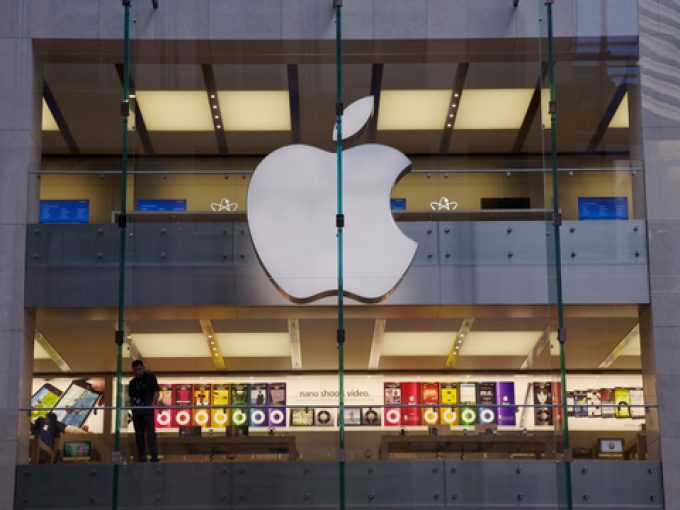India ready to lower US tariffs in exchange for concessions
India has agreed to the US Terms of Reference for the bilateral trade agreement, after ...

The Covid-19 crisis has accelerated the pace of trade diversification from China, bringing industry buzzwords like near-shoring, re-shoring or friend-shoring increasingly under the spotlight.
This market reconfiguration has, undeniably, boosted some of the emerging economies in South Asia, with Vietnam seen as the primary beneficiary because of its first-mover advantages. But other nations are catching up as opportunities grow.
After Foxconn and Apple, Amazon is taking an investment leap in India.
The digital giant is looking to pour some $13bn into cloud infrastructure ...
Asia-USEC shippers to lose 42% capacity in a surge of blanked sailings
Why ROI is driving a shift to smart reefer containers
USTR fees will lead to 'complete destabilisation' of container shipping alliances
New USTR port fees threaten shipping and global supply chains, says Cosco
Outlook for container shipping 'more uncertain now than at the onset of Covid'
Transpac container service closures mount
DHL Express suspends non-de minimis B2C parcels to US consumers

Comment on this article